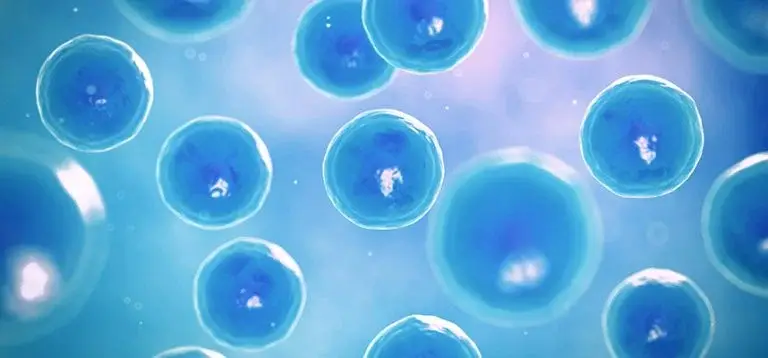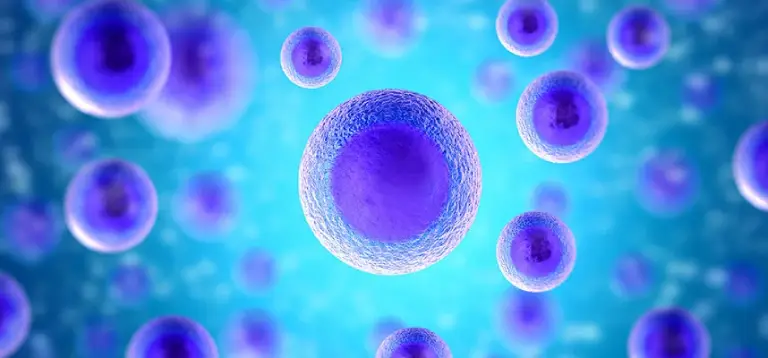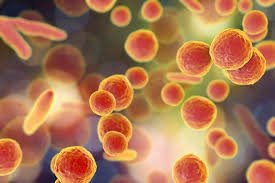
Common Errors And Tech Tips For Primary Cell Culture
If you are a cell culture researcher working with primary cell culture, the most difficult thing to accept is watching your cell dishes and flasks getting contaminated or not proliferating even with appropriate incubation at the correct media pH and temperature conditions. Watching those adherent cells not attached to the flask surface and knowing that you have to repeat the whole process of maintaining your cell culture for starting your cell culture-based assays and other experiments, is quite taxing for any researcher.
Not only is this a waste of the time and energy of the researchers involved, but also a lot of money and resources like media and other reagents are wasted in the process and this can be close to a nightmare for a financially tight budget-based research laboratory. Therefore, it is very important to know the tricks and treats of every cell culture process step that are practiced in labs to ensure healthy growth and maintenance of the primary cells. Here in this article, we have thus compiled a list of some very common troubleshooting steps in the primary cell culture process so that your cells stay healthy and growing well.
1. Caring for the Cells after Taking out of Cryopreservation
Most researchers think that trouble related to the processing of the primary cells after cryopreservation lies in the amount of cryopreservation agent (DMSO) left in the media after centrifugation but other issues are quite prevalent too. These other issues include omitting the recommended cell seeding density and the recommended media volume per cryovial or per seeding flask. Moreover, the amount of freezing media in the cryovial is also a considerable issue. DMSO in the freezing media can be diluted by using the proper ratio of media to freezing media in the cryovial before taking the cells for cryopreservation. If seeding and media volume are taken care of, then comes the handling of the cells and proper thawing procedure.
Researchers should follow and optimize their thawing procedure to prevent damage of the cells and this step matters a lot in maintaining the viability of the cryopreserved primary cells. After thawing, centrifugation is important to separate the cells from DMSO and media. Recommended centrifugation protocols should be followed to prevent harsh damage to the cells. After seeding the primary cells post centrifugation, always remember to change the media after cell attachment observed to ensure the removal of any residual DMSO.
2. Using Specific Media for Culturing the Cells
Cells love their media environment and if not fed proper nutrients, Primary Cells can be quite adamant to not proliferate and stay unattached, thus giving a hard time to the researchers. Most cell types have specific media for their optimum growth and researchers should know the required nutrients as primary cells can become conditioned to specific culture media and changing the nutrients can lead to a lack of cell attachment when plating and slow proliferation rate. As for an example, endothelial cells can become dependent on VEGF. Therefore, trying to switch to a VEGF-free media can cause the cells to not adhere or grow very slowly and every cell type should be studied well by the researchers before growing them in labs.
3. Re-Frozen and Late Passage Cells
Primary cells should not be treated as continuous cell lines that can go on for several passages. Primary cells can grow up to finite passage numbers and will senescence in due time. To keep up with good cell viability, primary cells should be used within the specified guaranteed number of doublings to prevent damage. It is always advised to cryopreserve early passage cells in case of storing primary cells as later passage cells may not be able to recover without causing significant damage to those cells. Early freezing of the cells also ensure that once some issue occurs in terms of contamination or proliferation, researchers can always go back and start their cultures from early passage numbers to prevent loss of cell viability.
4. Subculturing Primary cell Reagents
Primary cells often need lower concentrations of Trypsin/EDTA formulations during culturing and passaging of the cells for regulating optimal proliferation and viability. Higher concentration of trypsin can lead to damage of the primary cells and thus researchers should focus on knowing how to maintain optimum media environment for their cells. Moreover, serum concentrations are also an important factor for optimum cell culture practice and some cultures are better grown in serum free conditions.
If you are looking for highly viable primary cells, Kosheeka can help you procure tissue-specific and species-specific primary cells. Contact info@kosheeka.com and get customized primary cells to enhance your research efficiency.






